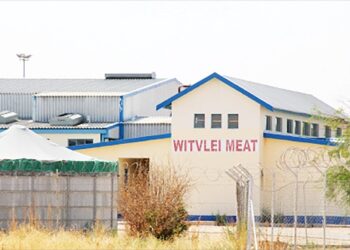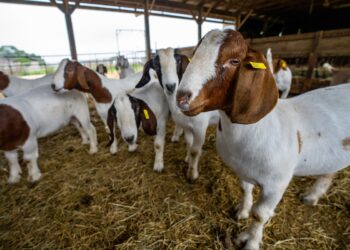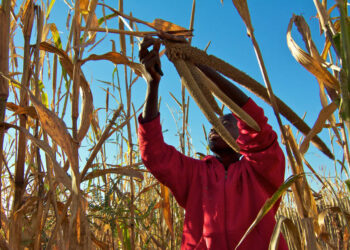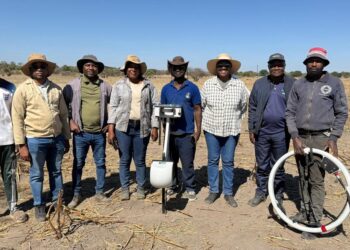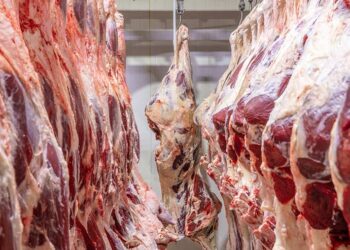
Namibia exported 640,651 kilogrammes (kg) of beef in January 2024 of which 42.2% was exported to the European Union (EU), official figures reveal.
Of the remaining beef exports, 22.8% went to the UK, followed by South Africa with 16.5% and the remaining 14.5% was split between Norway and China.
According to the latest statistics from the Livestock and Livestock Products Board of Namibia (LLPBN), the first month of the year started on a good note with overall marketing activities recording an increase.
“Generally, marketing is known to start slow during the first month of the year due to reduced activities; however, this was not the case during January 2024 as all sectors have recorded increased activities during the period under review. Increased activity mirrors drought expectations in the highly active central and southern regions,” Fransina Angula, LLPBN’s Statistician: Trade and Strategic Marketing said.
Angula said as a result of increased lamb and mutton production in January 2024, a total 48 172 kg of lamb and mutton was exported to various destinations, up from the 2023 volume of 13,952kg.
South Africa accounted for 89.7% of all lamb and mutton exports and 10.3% was exported to Botswana.
Overall, the sheep sector recorded a growth of 31.6% led by live exports and slaughtering at A-class abattoirs.
Year-on-year, live exports particularly to the South African market expanded by 64.1% growing from 16,085 heads in 2023 to 26,399 heads in 2024.
In addition, slaughter activities at export-approved abattoirs grew by 98.5% in January 2024.
“The Namibian A2 producer price on average traded at N$71.86/kg during January 2024 while the Northern Cape A2 producer price averaged N$80.80/Kg during January, N$8.94/kg higher than the Namibian A2 producer price,†she said.
“Sheep producer carcass prices have been on a downward trajectory as Namibian abattoirs struggle to obtain better paying carcass markets. This has resulted in limited slaughter activity, a situation that may be altered in 2024 if alternative markets in Asia can be realised.”
Meanwhile, 431,250kg of pork was imported during the period under review to cover local consumption shortfalls.
Of the imported pork, 70.8 percent originated from Germany, followed by South Africa and Botswana with a market share of 16.1% and 11.6%, respectively.
The remaining 1.5% originated from China and other European countries.
“Locally, 4 306 pigs were marketed at Livestock and Livestock Product Board of Namibia-approved abattoirs during the period under review, 13.6 per cent higher than the 3 791 pigs marketed during January 2023. Of the total pigs marketed, the Mariental Abattoir slaughtered 64.5 per cent, whereas Haloli abattoir slaughtered 33%. Other smaller abattoirs slaughtered the remaining 2.5 per cent,” she said.
The goat sector recorded a growth of 18.8% during the period of January 2024. In the month under review, 6 596 goats were marketed relative to 5 554 goats marketed during same period in 2023.
Angula said the growth is owed to an increase in live exports that grew by 26.5 percent.
“The performance of the sector was moderated by slaughtering activities at local abattoirs that dropped by 94.1 percent,” she said.
Furthermore, 20 398 cattle were marketed during the same period, reflecting a growth of 17.1% from 17 419 heads marketed during January 2023.
“Of this total, 70.9% were exported live on hoof to neighboring member states, 24.9% were slaughtered at local A-class abattoirs and 4.2 percent were slaughtered at various Livestock and Livestock Products Board of Namibia -approved B & C class abattoirs,” she said.


